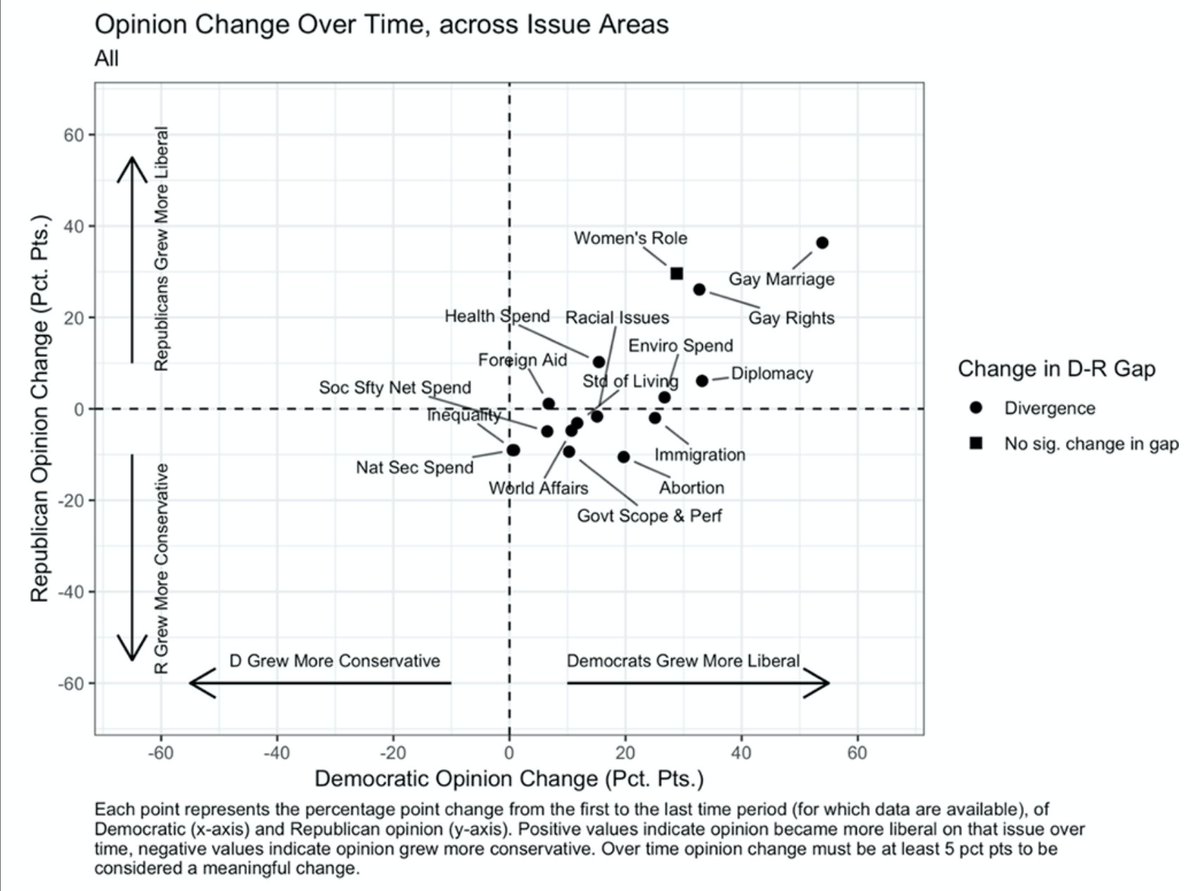
1/n Spending Christmas working on my dissertation (because apart from eating Chinese, what else is a Jew supposed to do?). Here's a graph I'm including in the current chapter. 

2/n Note that almost all of the change comes not from rating blacks more favorably/unfavorably, but from rating whites more favorably (conservatives)/unfavorably (liberals).
3/n Here's another plot for reverse-coded 'racial resentment' (which I'd argue is more of a measure of perceptions of discrimination and racial sympathy. In other data, it is much more strongly correlated with both white shame and guilt than feelings towards blacks). 

4/n Interesting that, unlike white liberals, white conservatives ultimately regress back to their pre-Floyd means (which may or may not be due to the salience of 'riots' and 'violence' in conservative media coverage of the Floyd protests).
5/n Another thing I should note that there was actually a couple days lag between the Floyd incident and attitudinal responses, which I attribute to the lag in media coverage/public attention. 

6/n White liberal support for reparations also jumped around 8-9 points in the post-Floyd period, which is impressive when one considers how little reparations attitudes have changed across previous decades. 

• • •
Missing some Tweet in this thread? You can try to
force a refresh









